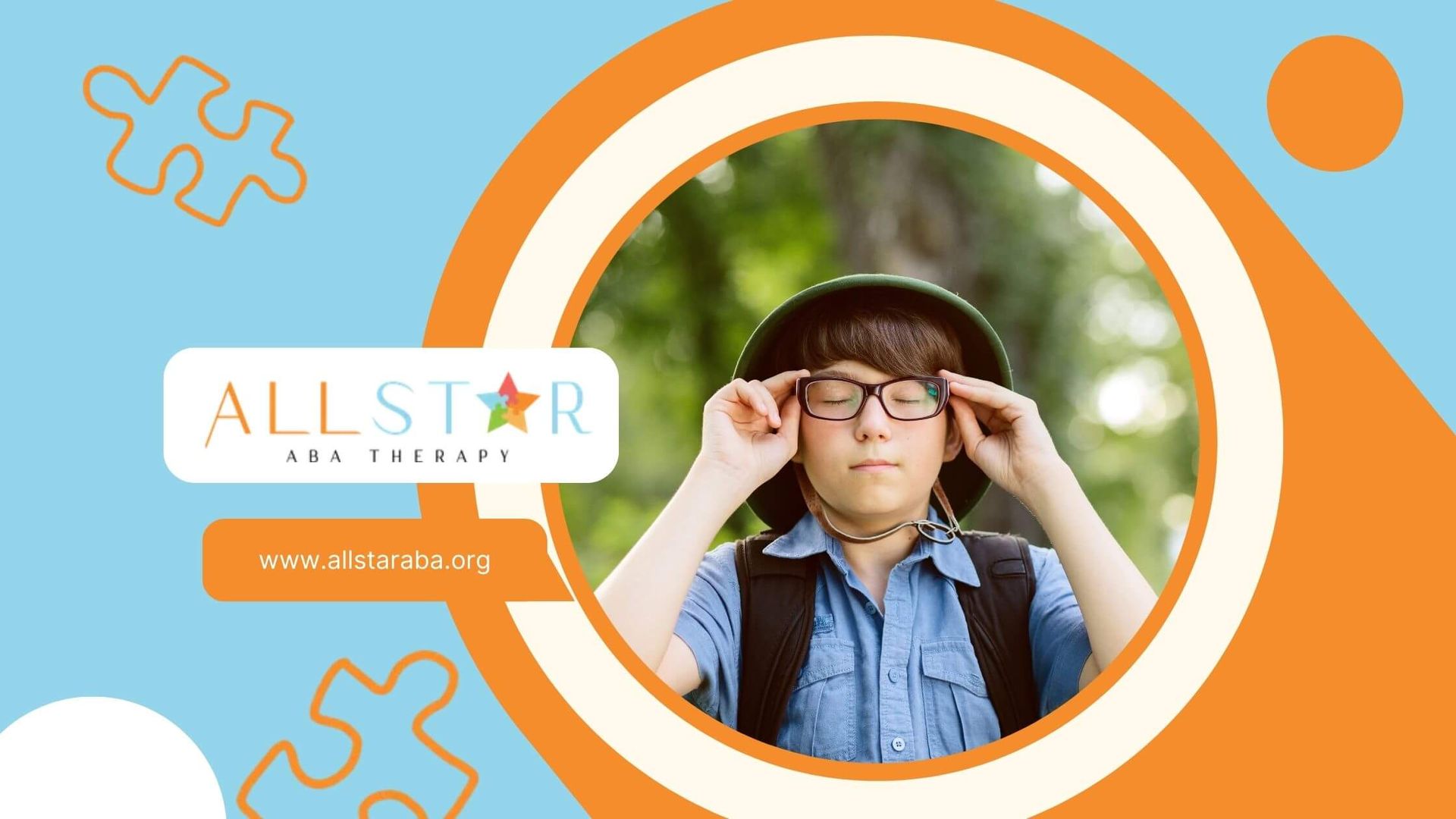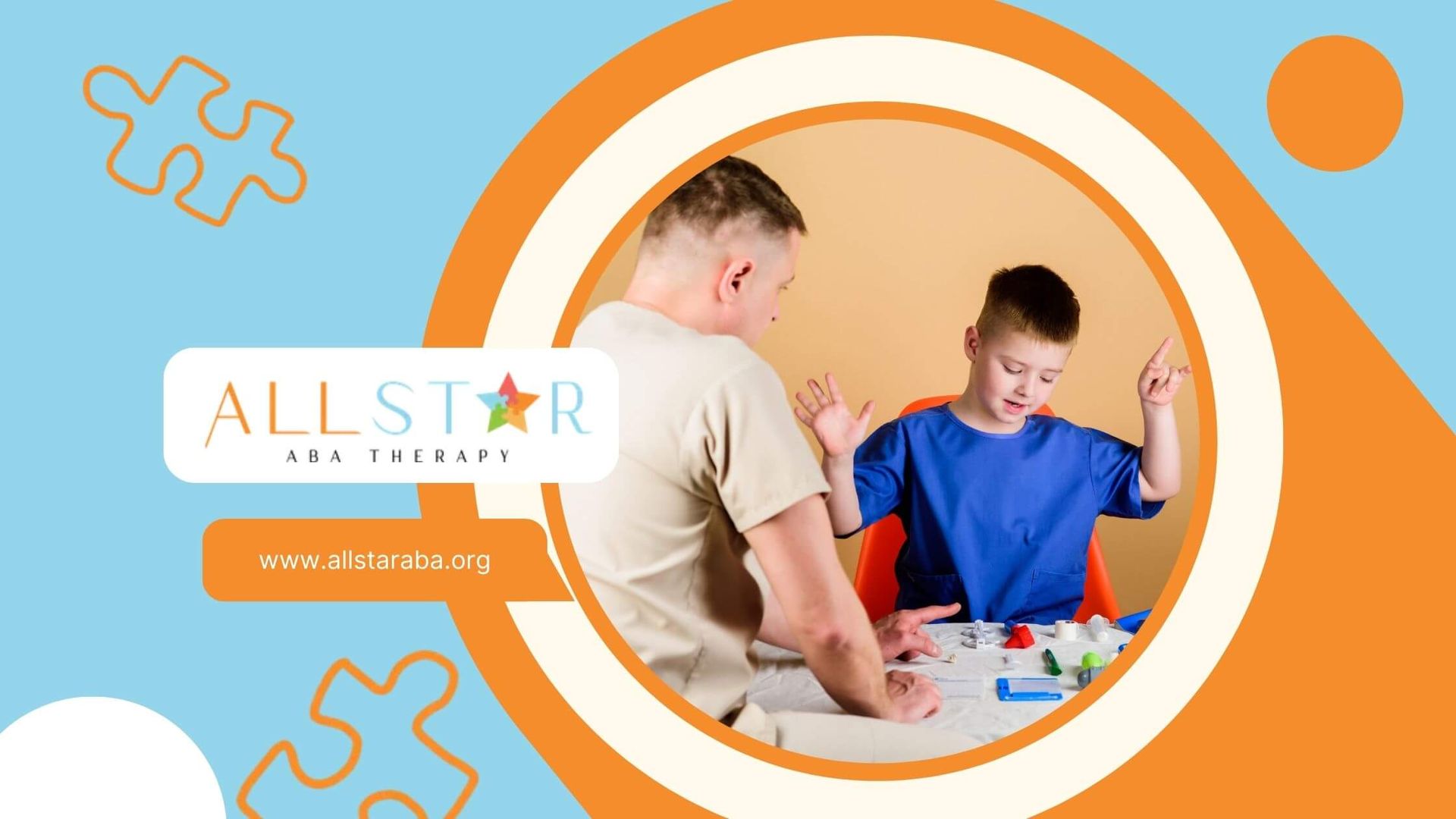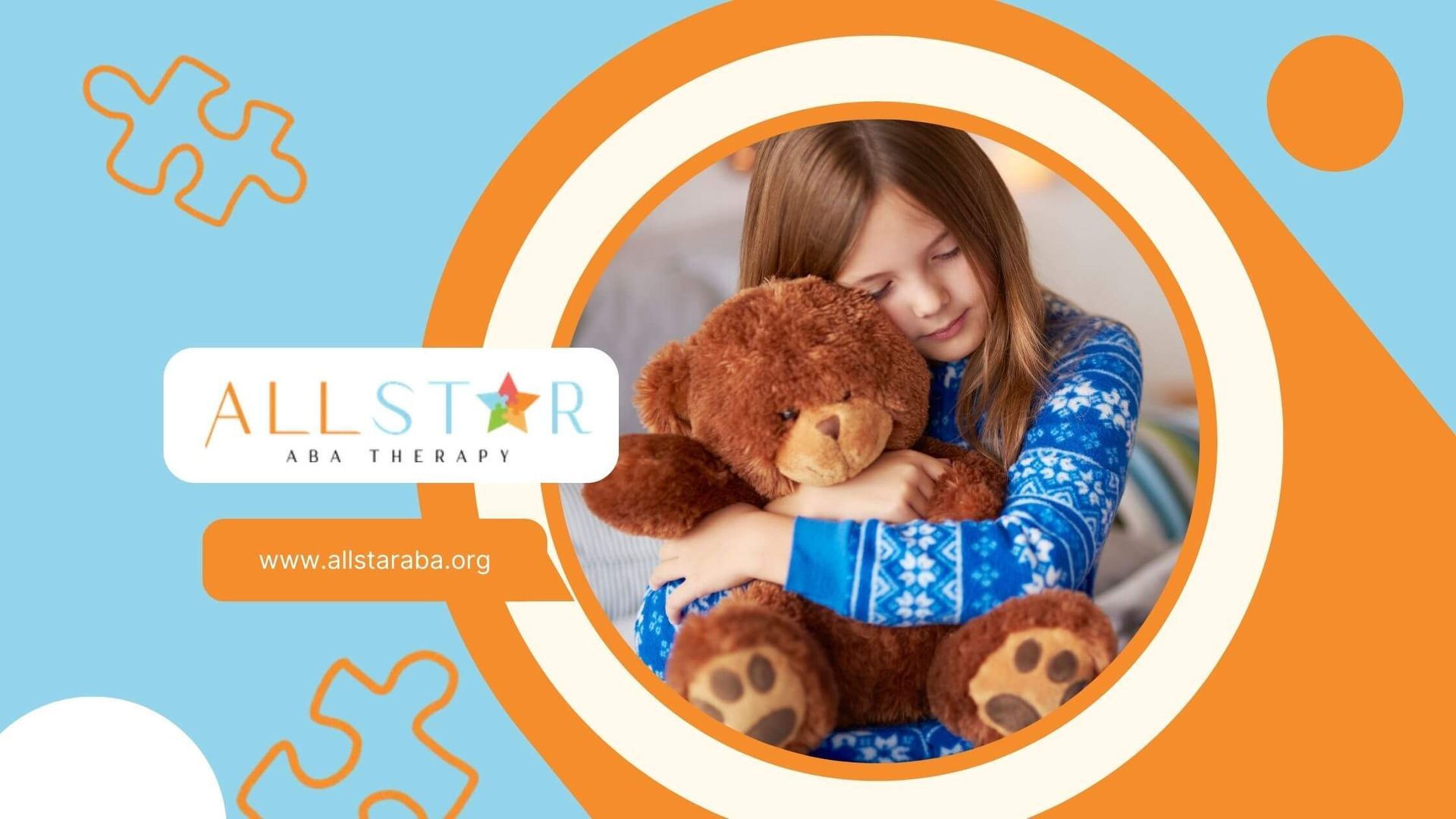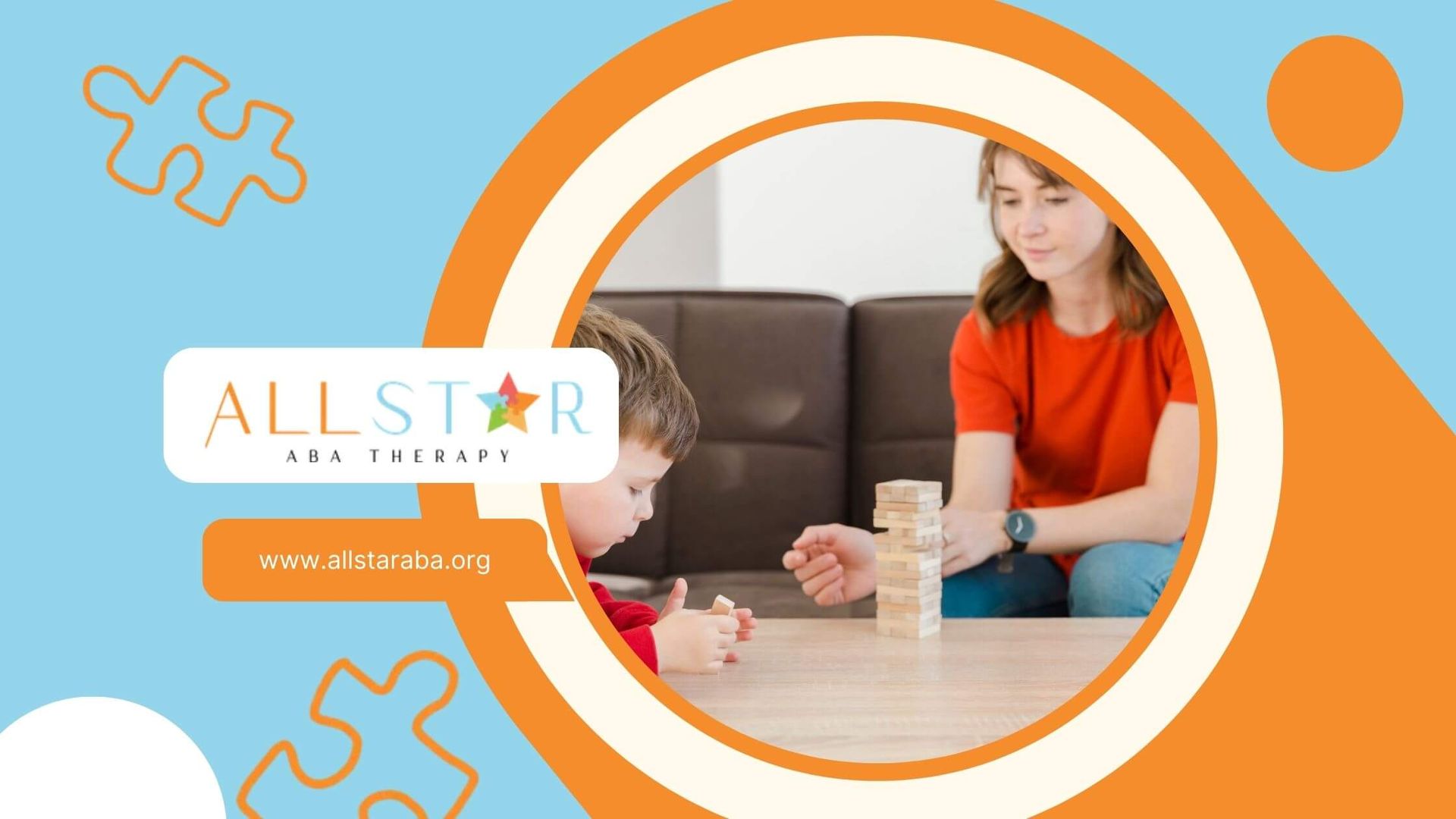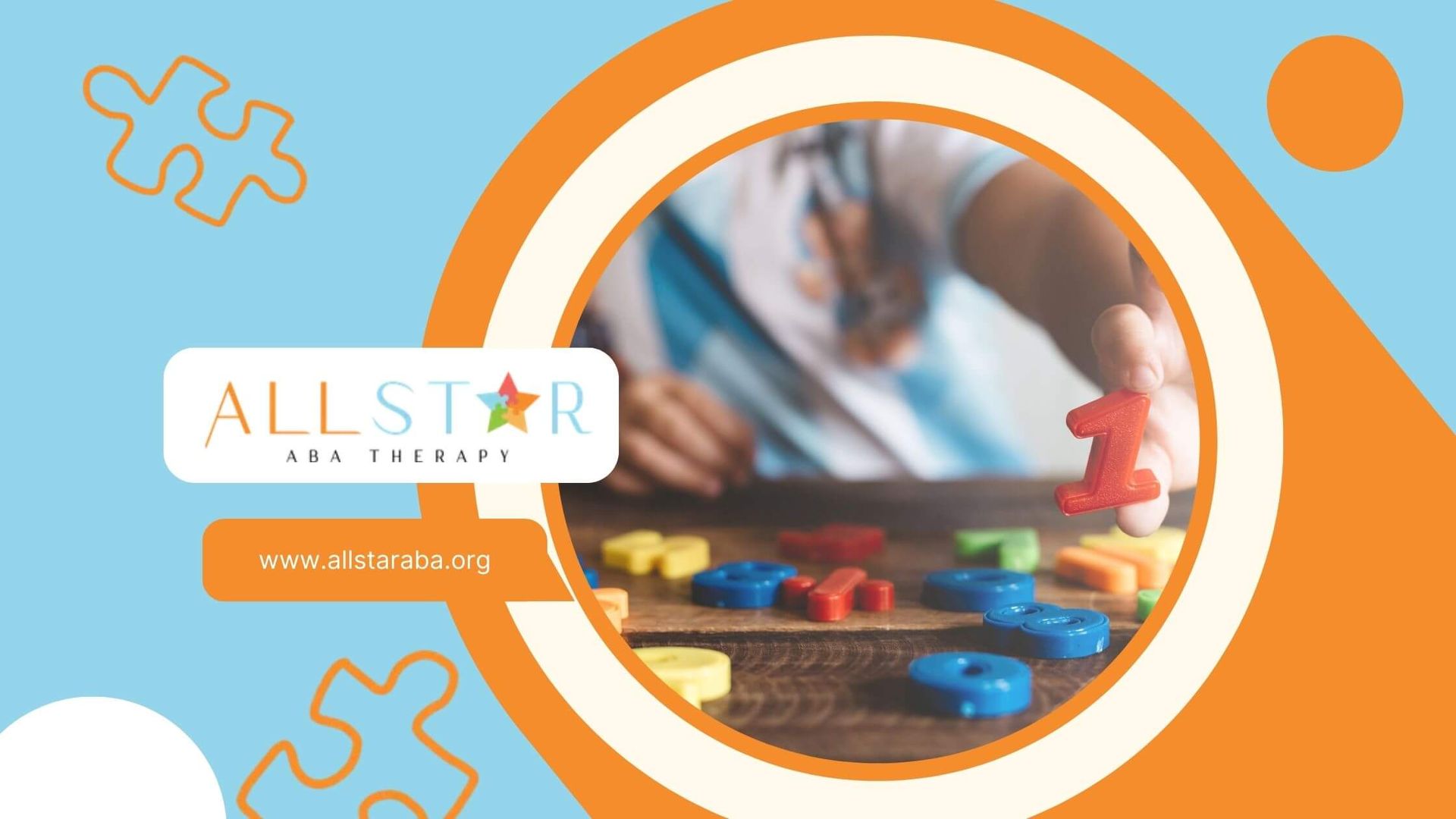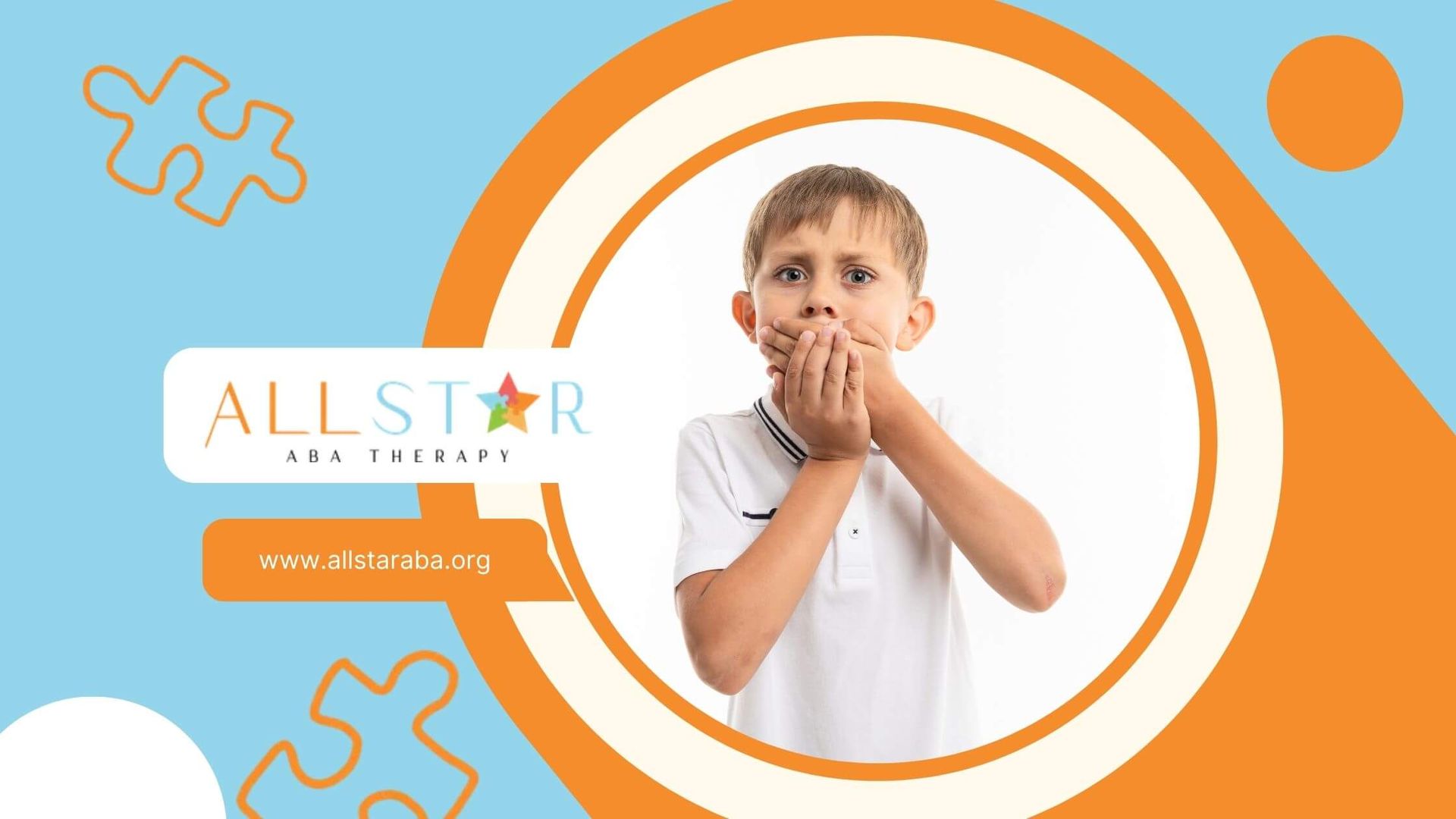New Paragraph
Comparing ABA and Speech Therapy for Children with ASD
In the realm of early intervention for children with autism spectrum disorder (ASD), Applied Behavior Analysis (ABA) and Speech Therapy stand out as two prominent approaches. Early intervention is crucial in supporting the developmental needs of children with ASD, and these therapies play a crucial role in fostering their communication, social communication skills, and overall well-being.
Overview of ABA Therapy for Children with ASD
ABA therapy is a widely recognized and evidence-based intervention that focuses on understanding and modifying behavior. Its application extends to a wide range of areas, including social skills, communication, daily living skills, and academic skills.
Grounded in the principles of learning and behavior, ABA therapy seeks to identify the environmental factors that influence behavior, including external stimuli, and use this understanding to bring about positive changes. It emphasizes the use of positive reinforcement, structured routines, and individualized treatment plans to help children with ASD learn new skills and reduce challenging behaviors.
Core Principles of ABA Therapy
At the heart of applied behavior analysis (ABA) lie a few core principles that guide its approach. These include:
- Positive Reinforcement: This principle entails providing positive consequences, such as praise or rewards, immediately after a desired behavior is displayed. Over time, the association between the behavior and the positive consequence increases the likelihood of the behavior occurring again.
- Behavior Assessment: Prior to implementing any interventions, ABA therapists conduct thorough behavior assessments to understand the function or purpose behind a child's behavior. This involves identifying the antecedents (triggers) and consequences (reinforcers) that maintain the behavior.
- Individualized Treatment: ABA therapy recognizes that every child is unique and that there is no one-size-fits-all approach. Treatment plans are carefully tailored to each child's specific needs, strengths, and challenges, taking into account their individual learning profile.
Techniques and Strategies in ABA
ABA therapy employs a variety of behavioral techniques and strategies designed to teach new skills and manage challenging behaviors. Some of the commonly used ABA techniques include:
- Discrete Trial Training (DTT): Involves breaking down complex skills into smaller, more manageable steps, and teaching each step individually.
- Naturalistic Teaching Strategies (NET): Focuses on teaching skills in natural environments, such as during play or routines, promoting generalization of learned skills to real-life settings.
- Prompting and Fading: Involves providing assistance (prompts) to help a child learn a new skill and gradually reducing the level of assistance as the child masters the skill.
Overview of Speech Therapy for Children with ASD
Speech therapy, also known as speech-language therapy, specifically targets an individual's communication abilities. It is designed to address a wide range of communication challenges, including difficulties with articulation, fluency, language comprehension, and social communication.
For children with ASD, speech therapy aims to improve their ability to understand and use language effectively in various social contexts. This involves developing both verbal and nonverbal communication skills, such as using spoken words, gestures, sign language, or augmentative and alternative communication (AAC) systems, including picture boards.
Key Goals of Speech Therapy
Speech therapy for children with ASD sets out to achieve several important goals, all of which center around improving their overall communication skills and social interaction. Some of the key objectives include:
- Enhanced Language Development: Speech therapists work diligently to build a child's vocabulary, grammar, and sentence structure, enabling them to express their thoughts, ideas, and needs more effectively. Additionally, some speech therapy programs incorporate principles of physical therapy to promote overall development in conjunction with communication skills.
- Improved Social Communication: A significant focus of speech therapy is to equip children with ASD with the skills to engage in meaningful social interactions. This includes understanding social cues, initiating conversations, maintaining appropriate eye contact, and taking turns during conversations.
- Effective Communication Strategies: Speech therapists recognize that not all communication is verbal. They teach children alternative ways to communicate, such as using gestures, sign language, visual aids like picture cards, or AAC devices.
Common Techniques Used in Speech Therapy
Speech-language pathologists (SLPs), commonly known as speech therapists, employ a diverse range of techniques and strategies tailored to meet the unique communication needs of each child. Some common techniques include:
- Articulation Therapy: SLPs use this therapy to improve clarity of speech, addressing difficulties with producing specific sounds. This may involve practicing tongue placement, breath control, and sound production in isolation and in words.
- Language Therapy: Language therapy targets broader aspects of language development, such as expanding vocabulary, improving grammar and sentence structure, and understanding and using language in different contexts.
- Play-Based Therapy: Recognizing that children learn best through play, SLPs incorporate play-based activities into therapy sessions. Engaging in play allows children to naturally practice their communication skills while having fun.
Comparing Techniques Between ABA and Speech Therapy
While both ABA services and Speech Therapy share the ultimate goal of improving the lives of children with ASD, they approach it through different lenses.
Similarities in Therapeutic Techniques
While their primary focuses differ, there are notable overlaps, particularly in some of the treatment strategies employed in ABA and Speech Therapy:
- Positive Reinforcement: Both therapies utilize the power of positive reinforcement to motivate and encourage children. Whether it's a verbal praise, a small token, or access to a preferred activity, the immediate positive feedback helps solidify learned behaviors.
- Structured Learning Environment: Creating a structured and predictable environment can be immensely beneficial for children with ASD. Both therapies often incorporate visual schedules, clear expectations, and routines to minimize anxiety and promote a sense of security.
- Individualized Treatment Plans: ABA therapists and speech therapists recognize that every child is unique and learns at their own pace. Just like in ABA, an effective intervention plan in speech therapy starts with a thorough assessment to identify the child's specific needs, strengths, and areas for improvement.
Differences in Application and Focus
Despite sharing certain tools, the core applications and focuses of ABA and Speech Therapy set them apart:
- Behavioral vs. Communication Focus: The most significant difference lies in their primary targets. ABA, as the name suggests, aims to modify behaviors, which can range from managing challenging behaviors to improving social skills and daily living skills. Speech therapy, on the other hand, directly addresses language skills and communication issues, focusing on improving a child's ability to understand and use language effectively.
- Techniques and Strategies: The techniques used in each therapy, while sharing some common ground, also have distinct elements. ABA frequently utilizes techniques like Discrete Trial Training (DTT) and Naturalistic Teaching Strategies (NET), while Speech Therapy might employ articulation therapy, language therapy, and play-based therapy, often focusing on oral-motor skills and feeding therapy.
- Scope of Practice: ABA therapists and speech therapists have different scopes of practice. ABA therapists work on a wider range of skills, while speech therapists specialize in the intricacies of communication and swallowing disorders.
Effectiveness of ABA vs. Speech Therapy
The efficacy of both therapies is well-documented, though their impact can be influenced by factors such as the child's individual needs, the severity of their ASD, and the age at which intervention begins.
Success Rates in Improving Communication Skills
Both therapies can lead to significant improvements in communication skills for children with ASD, including neurodivergent people, but through different avenues:
- ABA's Impact: ABA can be particularly helpful in establishing the foundations of communication. By teaching a child to request desired items ('manding'), label objects ('tacting'), and respond to instructions, ABA paves the way for more complex communication to emerge.
- Speech Therapy's Role: Where ABA lays the groundwork, Speech Therapy often takes the lead in refining and expanding upon those communication skills. Speech therapists work on the nuances of language, articulation, social pragmatics, and building functional communication skills for various social situations.
Impact on Social Skills and Behavioral Adaptation
The impact of both therapies extends beyond communication skills, encompassing social skills, behavioral adaptation, and improvements in everyday routines.
| Therapy | Impact on Social Skills and Behavioral Adaptation |
|---|---|
| ABA Therapy | Focuses on improving social skills like turn-taking, joint attention, and reducing problem behaviors like tantrums or aggression through behavioral interventions. |
| Speech Therapy | Facilitates social interaction by enhancing communication skills, allowing children to express themselves, understand social cues, and engage more confidently with peers. |
Synergistic Effects of Combining ABA and Speech Therapy
Combining ABA and Speech Therapy can create powerful synergistic effects, leading to a more holistic and well-rounded approach to supporting a child's development.
How ABA Can Complement Speech Therapy
The structured and reinforcement-based approach of ABA can significantly complement the goals of Speech Therapy, particularly through concepts like Verbal Behavior:
- Improved Attention and Focus: ABA techniques can help children with ASD improve their attention span and focus, which are essential for absorbing new language skills during speech therapy sessions.
- Generalization of Skills: ABA emphasizes generalizing learned skills across different environments. For example, a child may learn to request a toy during an ABA session, and then, with the guidance of both therapists, learn to generalize this skill by requesting the same toy during a play session in Speech Therapy.
- Behavioral Support: Some children with ASD may exhibit challenging behaviors that interfere with their ability to engage in speech therapy. ABA can address these behaviors, creating a more conducive learning environment for speech and language development.
Case Studies and Real-life Success Stories
Real-life success stories and case studies abound, illustrating the profound impact that combined ABA and speech therapy can have on children with ASD. One such story might involve a child who initially struggled with communication, exhibiting limited verbal language and frequent tantrums.
Through consistent ABA therapy, the child learned to communicate their needs more effectively using picture cards and experienced a reduction in tantrums. Simultaneously, speech therapy focused on expanding their vocabulary, improving articulation, and teaching them to engage in simple conversations. Over time, the child began to use more spontaneous language, initiate interactions with peers, and navigate social situations with greater confidence.
Conclusion
In conclusion, taking care of your mental health is crucial for overall well-being. By maintaining a healthy sleeping routine, being mindful of what you consume, engaging in therapeutic activities, and adopting a positive mindset, you can effectively nurture your mental health. Remember, seeking professional help is always an option if needed. Prioritizing mental health not only benefits you personally but also positively impacts your relationships, work performance, and quality of life. Start caring for your mental health today to enjoy a happier and more fulfilling life.
At All Stars ABA, we understand that every child with ASD has unique needs. While speech therapy focuses on language skills, ABA therapy addresses a wide range of behaviors, helping children improve communication, social interactions, and daily life skills. Our expert therapists use personalized, evidence-based approaches to ensure your child thrives in all areas. If you’re exploring the best therapies for your child, All Stars ABA is here to guide you. Contact us today to learn how our ABA programs can complement speech therapy for your child’s success.
Frequently Asked Questions
Which therapy is more suitable for my child with ASD?
The choice between ABA therapy and speech therapy depends on your child’s specific needs within the autism spectrum, especially if there are significant behavioral challenges. A comprehensive evaluation by both a behavior analyst and a speech therapist can help determine the most effective intervention strategy for their developmental disorders.
Can ABA and speech therapy be effectively integrated?
Yes, ABA and speech therapy can be highly effective when integrated with other types of therapies. In fact, many children with autism spectrum disorder benefit from a collaborative approach where ABA intervention strategies complement and support speech therapy goals, creating synergistic effects.
What are the signs that therapy is working for a child with ASD?
Observable improvements such as increased social interaction, positive behavior changes, more frequent use of communication skills, and overall developmental progress are all signs that therapy is having a positive impact.
Sources
- https://www.simplypsychology.org/positive-reinforcement.html
- https://www.autismspeaks.org/functional-behavior-assessment
- https://www.autismspeaks.org/expert-opinion/what-discrete-trial-training
- https://www.commonwealthautism.org/teaching-outside-of-the-table/
- https://www.healthline.com/health/play-therapy
- https://esc13.net/services/structured-learning-environment
Need Support?
We're Here to Help!
Our experienced team is ready to assist you. Reach out today to discuss how we can support your child's development and well-being.
Get started with expert ABA therapy today.



